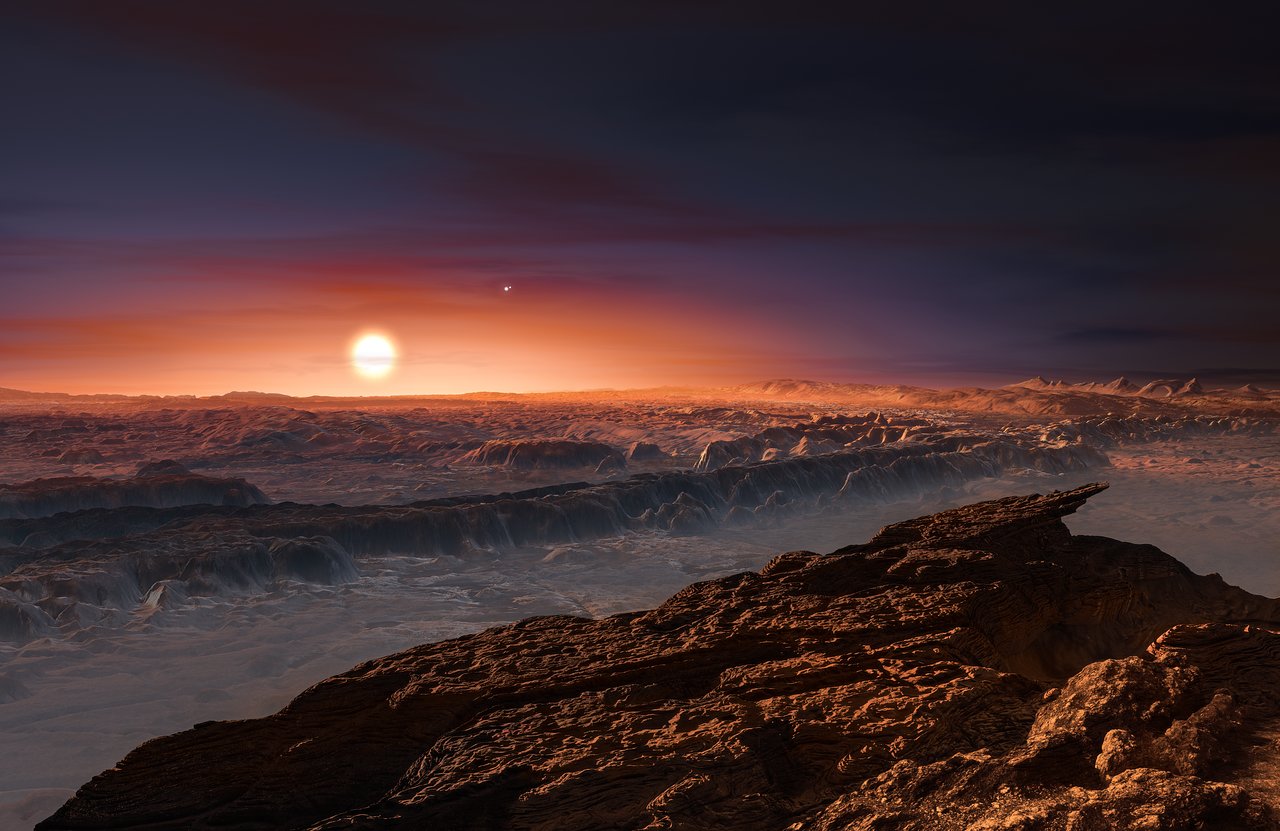The past year has been an exciting time for those engaged in the hunt for extra-solar planets and potentially habitable worlds. In August of 2016, researchers from the European Southern Observatory (ESO) confirmed the existence of the closest exoplanet to Earth (Proxima b) yet discovered. This was followed a few months later (February of 2017) with the announcement of a seven-planet system around TRAPPIST-1.
The discovery of these and other extra-solar planets (and their potential to host life) was an overarching theme at this year’s Breakthrough Discuss conference. Taking place between April 20th and 21st, the conference was hosted by Stanford University’s Department of Physics and sponsored by the Harvard-Smithsonian Center for Astrophysics and Breakthrough Initiatives.
Founded in 2015 by Yuri Milner and his wife Julia, Breakthrough Initiatives was created to encourage the exploration of other star systems and the search for extra-terrestrial intelligence (SETI). In addition to prepping what could very well be the first mission to another star system (Breakthrough Starshot), they are also developing what will be the world’s most advanced search for extra-terrestrial civilizations (Breakthrough Listen).

The first day of the conference featured presentations that addressed recent exoplanet discoveries around M-type (aka. red dwarf) stars and what possible strategies will be used to study them. In addition to addressing the plethora of terrestrial planets that have been discovered around these types of stars in recent years, the presentations also focused on how and when life might be confirmed on these planets.
One such presentation was titled “SETI Observations of Proxima b and Nearby Stars”, which was hosted by Dr. Svetlana Berdyugina. In addition to being a professor of astrophysics with the University of Freiburg and a member of the Kiepenheuer Institute for Solar Physics, Dr. Berdyugina is also one of the founding members of the Planets Foundation – an international team of professors, astrophysicists, engineers, entrepreneurs and scientists dedicated to the development of advanced telescopes.
As she indicated during the course of the presentation, the same instruments and methods used to study and characterize distant stars could be used to confirm the presence of continents and vegetation on the surface of distant exoplanets. The key here – as as been demonstrated by decades of Earth observation – is to observe the reflected light (or “light curve”) coming from their surfaces.
Measurements of a star’s light curve are used to to determine what type of class a star is and what processes are at work within it. Light curves are also routinely used to discern the presence of planets around stars – aka. the Transit Method, where a planet transiting in front of a star causes a measurable dip in its brightness – as well as determining the size and orbital period of the planet.

When used for the sake of planetary astronomy, measuring the light curve of worlds like Proxima b could not only allow astronomers to be able to tell the difference between land masses and oceans, but also to discern the presence of meteorological phenomena. These would include clouds, periodic variations in albedo (i.e. seasonal change), and even the presence of photosynthetic life forms (aka. plants).
For example, and illustrated by the diagram above, green vegetation absorbs almost all the red, green and blue (RGB) parts of the spectrum, but reflects infrared light. This sort of process has been used for decades by Earth observation satellites to track meteorological phenomena, measure the extent of forests and vegetation, track the expansion of population centers, and monitor the growth of deserts.
In addition, the presence of biopigments caused by chlorophyll means that the reflected RGB light would be highly-polarized while UR light would be weakly polarized. This will allow astronomers to tell the difference between vegetation and something that is simply green in color. To gather this information, she stated, will require the work of off-axis telescopes that are both large and high-contrast.
These are expected to include the Colossus Telescope, a project for a massive telescope that is being spearheaded by the Planets Foundation – and for which Dr. Berdyugina is the project lead. Once completed, Colossus will be the largest optical and infrared telescope in the world, not to mention the largest telescope optimized for detecting extrasolar life and extraterrestrial civilizations.
It consists of 58 independent off-axis 8-meter telescopes, which effectively merge their telescope-interferometry to offer an effective resolution of 74-meters. Beyond Colossus, the Planets Foundation is also responsible for the ExoLife Finder (ELF). This 40-m telescope uses many of the same technologies that will go into Colossus, and is expected to be the first telescope to create surface maps of nearby exoplanets.
And then there’s the Polarized Light from Atmospheres of Nearby Extra-Terrestrial Planets (PLANETS) telescope, which is currently being constructed in Haleakala, Hawaii (expected to be completed by January 2018). Here too, this telescope is a technology demonstrator for what will eventually go into making Colossus a reality.
Beyond the Planets Foundation, other next-generation telescopes are also expected to conduct high-quality spectroscopic studies of distant exoplanets. The most famous of these is arguably NASA’s James Webb Telescope, which is scheduled to launch next year.
And be sure to check out the video of Dr. Berdyugina full presentation below:
Further Reading: Breakthrough Initiatives, Centauri Dreams

